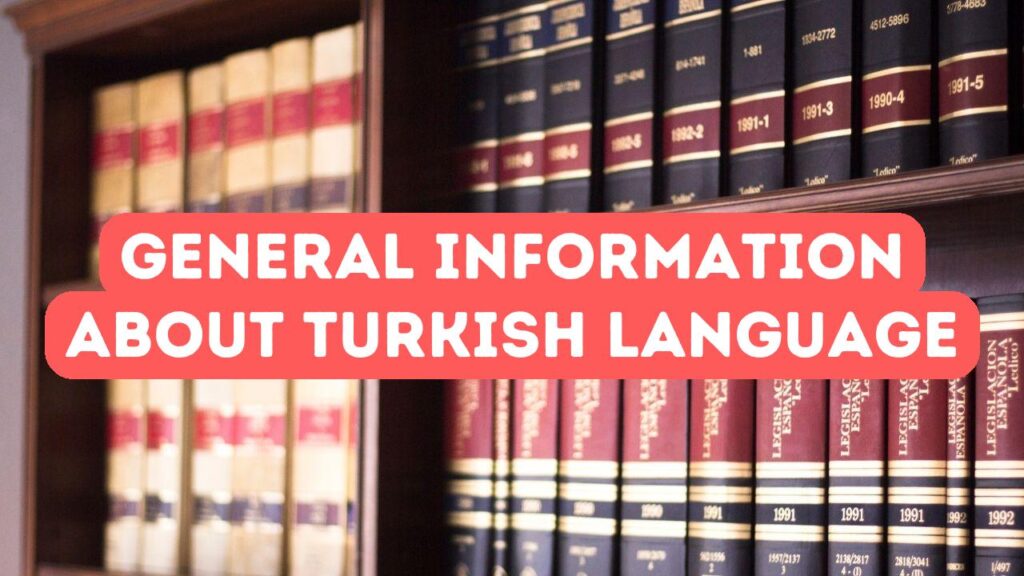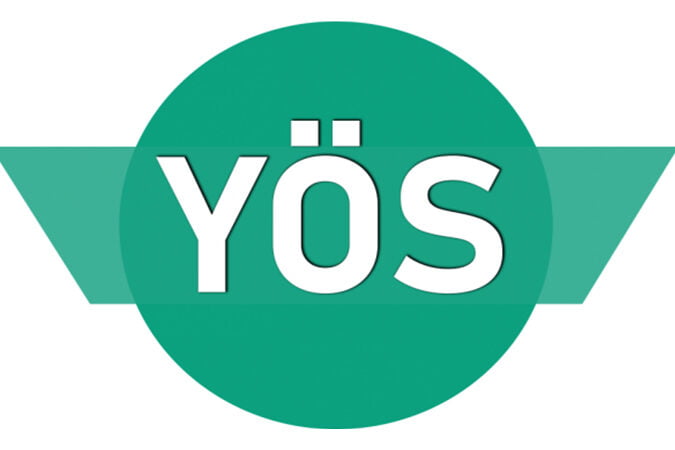The Turkish language, an integral part of Turkey’s rich cultural tapestry, offers a gateway to understanding its history, traditions, and societal values. At the Turkish Council, we recognize the significance of mastering this language for anyone considering academic pursuits in Turkey. Turkish, a member of the Turkic language family, is spoken by over 75 million people worldwide, providing a broad spectrum of opportunities for international students. Through our comprehensive education consulting services, we aim to equip students with the linguistic proficiency necessary to excel in their studies and daily interactions. Whether one seeks to build a solid foundation in the Turkish language or enhance existing skills, our tailored programs are designed to meet diverse needs, ensuring a seamless integration into Turkish academic and social environments.
History and Evolution of Turkish
The history of the Turkish language is a journey through centuries, marked by significant transformations and influences from various cultures. Originating from the Central Asian region, the earliest forms of Turkish can be traced back to the Orkhon inscriptions dating to the 8th century. As Turkish speakers migrated westward, the language evolved, absorbing elements from Persian, Arabic, and later, European languages, reflecting the diverse empires and societies with which they interacted. The adoption of the Latin alphabet in 1928, driven by Mustafa Kemal Atatürk’s extensive language reforms, modernized Turkish, making it more accessible and aligning it with the nation’s aspirations for secularism and modernization. This rich linguistic history does not only mirror Turkey’s cultural heritage but also underscores the dynamic nature of the Turkish language, continuously adapting while preserving its unique identity.
Understanding the historical context of the Turkish language provides students with a deeper comprehension of its current structure and usage. The Ottoman era, spanning from the 14th to the early 20th century, introduced abundant Persian and Arabic vocabulary into Turkish, enriching its lexicon but also creating complexities in grammar and usage. This period saw Turkish evolving into Ottoman Turkish, a literary and administrative language, distinct from the colloquial speech of the common people. The dramatic language reform in the early Republic era not only replaced the script but also purged many foreign loanwords, favoring native Turkish expressions. This reformation effort aimed to simplify the language, democratize literacy, and reinforce a national identity. Hence, modern Turkish stands as a testament to these historical developments, embodying layers of its past while continually progressing towards simplicity and accessibility.
Today, the Turkish language maintains its relevance and vitality, serving as a medium for education, literature, and daily communication. Advances in technology and globalization have further influenced contemporary Turkish, integrating new terminologies and fostering a dynamic linguistic environment. Language institutes and cultural organizations worldwide promote Turkish, encouraging its study and appreciation among non-native speakers. At the Turkish Council, we emphasize the importance of understanding modern Turkish nuances in order to navigate academic requirements and social interactions effectively. Our language programs are meticulously designed to blend historical knowledge with practical usage, ensuring that students not only learn the language but also grasp the cultural nuances that come with it. By mastering Turkish, students can fully immerse themselves in Turkey’s academic landscape, fostering deeper connections and enriching their overall educational experience.
Key Features and Grammar Rules
Turkish is renowned for its unique linguistic features that make it distinct from many European languages. Its agglutinative nature allows for the construction of words by adding various suffixes to a root, resulting in a language that is both flexible and expressive. Another key characteristic of Turkish is vowel harmony, a phonological rule that dictates the vowels used in suffixes must harmonize with the vowels in the root word, creating a melodious flow when speaking. Additionally, Turkish grammar is subject-object-verb (SOV) oriented, unlike the more common subject-verb-object (SVO) structure found in English, which may initially seem challenging but ultimately lends itself to a clear and logical sentence construction. The intricacies of these and other grammatical rules are crucial for achieving fluency, and our programs are designed to demystify these elements, making them accessible and easy to grasp for learners of all levels.
Understanding the role of verbs is essential in mastering Turkish grammar. In Turkish, verbs are typically placed at the end of the sentence, adhering to the SOV structure. Conjugation in Turkish follows a systematic pattern, influenced by tense, mood, and aspect, which may vary depending on both the root verb and the specific meaning intended. Unlike in English, where auxiliary verbs and word order play a significant role in indicating tense and aspect, Turkish relies on suffixes to convey these grammatical nuances. Furthermore, each verb can be modified to reflect different levels of politeness and formality, making it versatile in various social contexts. At the Turkish Council, we place a strong emphasis on helping students master these verb conjugations and usage patterns, ensuring they can confidently navigate conversations and academic discourses in Turkish.
One of the most fascinating aspects of Turkish grammar is its case system, which marks the functional relationship of nouns within a sentence. Turkish features six grammatical cases: nominative, accusative, genitive, dative, locative, and ablative. These cases are indicated through suffixes attached to noun stems, each altering the noun to indicate its role—be it the subject, direct object, or the means by which something happens. This system, although seemingly intricate at first, offers a high degree of clarity and precision in communication. Another notable grammatical element is the use of possessive structures, where possessive pronouns are suffixed directly to nouns, creating a seamless way of expressing ownership. At the Turkish Council, we delve deep into these grammatical intricacies, offering robust lessons and practice exercises that make these concepts intuitive and manageable for our students. With our support, mastering Turkish grammar becomes an attainable and rewarding goal.
The Influence of Turkish on Other Languages
Turkish has exerted considerable influence on various languages, particularly through its historical interactions and cultural exchanges. The extensive reach of the Ottoman Empire facilitated the incorporation of Turkish vocabulary into numerous languages, including Arabic, Persian, Greek, and languages across the Balkans. These linguistic infusions are evident in everyday vocabulary, phrases, and even culinary terms, reflecting centuries of shared history and mutual influence. For instance, many culinary terms and common expressions in these languages bear striking resemblances to their Turkish counterparts. This profound impact highlights not only the intricacies of the Turkish language but also its role as a bridge connecting different cultures and linguistic traditions over time.
Moreover, the influence of Turkish is not confined to historical contexts alone; it continues to permeate modern languages and cultural exchanges. In contemporary times, Turkish pop culture, television dramas, and music have surged in popularity globally, leading to the adoption of Turkish phrases and expressions in various languages. This modern cultural phenomenon extends the reach of Turkish beyond its geographical boundaries, fostering a unique form of linguistic and cultural exchange. As students engage with Turkish media, they inadvertently enhance their linguistic skills and cultural understanding, reinforcing the relevance and vibrancy of Turkish in today’s globalized world. Through exposure to current Turkish cultural exports, learners gain an authentic and contemporary perspective on the language, enriching their educational experience.
Understanding the widespread influence of the Turkish language provides international students with a unique advantage. At Turkish Council, we emphasize contextual and cultural learning, allowing students to appreciate the historical and modern relevance of Turkish in various linguistic landscapes. By exploring the Turkic influence embedded in other languages, learners can establish linguistic connections and gain insights into the shared heritage that unites different cultures. This comprehensive approach not only enriches students’ mastery of Turkish but also enhances their overall intercultural competence. As students navigate their academic and social endeavors in Turkey, they become part of a dynamic tradition of linguistic and cultural exchange, well-prepared to thrive in an interconnected world.





